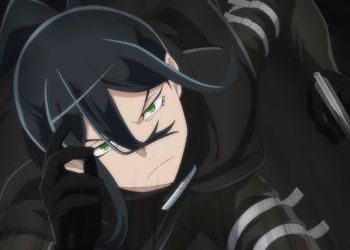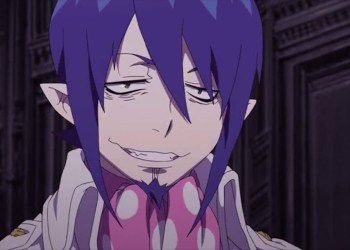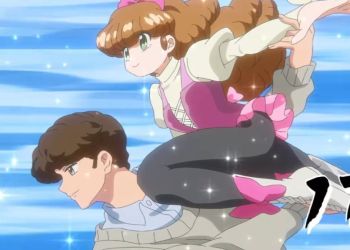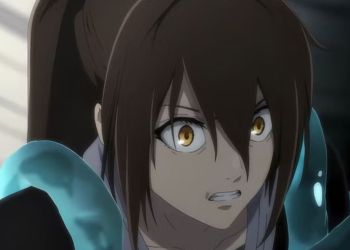It is common to find that fans of the anime or manga despise productions with real actors, because the directors in charge of these stories tend to change events, characters, and the atmosphere.
Among the list of works destined to be forgotten or hated by otakus are pieces such as “Dragon Ball Evolution“, the remake of “Death Note” that came out on Netflix, “Speed Racers”, “Fist of the North Star” and including the movie “Avatar: The Last Airbender”, which is not in Japanese, but it is worth adding because it was horrible for many fans.
However, there are occasions where these productions make decent and even superior deliveries than those shown for the first time, since in addition to respecting the essence of these publications and series, they reinterpret some elements so that they stand out to the consumer.
- Alice in Borderland: What if hundreds of people entered a virtual game in which defeat in each of the challenges is paid for with death? This is the premise of the work created by Haro Aso in 2015 and was published in 18 volumes. Arisu is the main character of this story that was later remade with real actors by Netflix for a series of eight episodes that slightly change the challenges and the way in which the events of these adventures occur. However, the essence of the characters, the conflict resolution, as well as the aesthetics are similar to manga, so in addition to respecting the story, it reinterprets it without changing the things that made it popular.
- Oldboy: One of the main complaints about this manga created by Garon Tsuchiya and illustrated by Nobuaki Minegishi in 1996 has to do with its ending, which does not match; and is anticlimactic when compared to the series of intrigues that are being woven throughout. However, this series received an adaptation in 2003 that was even superior to the original publication, since it fixed some aspects that were not previously exploited, and also included other elements that enriched the story. This was due to the joint work that the creators did with the director Chan-wook Park and the impeccable soundtrack. The story centers on a man who was locked in a room for 15 years by a person he apparently does not know. Upon exiting this site, the protagonist, named Dae-su Oh, is given cash and his freedom. However, his antagonist challenges him to guess who he is and the reason that led him to lock him up; If the hero does not discover the reason why this revenge was carried out, the villain will kill the woman he loves the most. In 2013, director Spike Lee made his own version of this story with the help of its creators. Although figures such as Elizabeth Olsen and Josh Brolin appeared in the cast, the film was a failure that cost 30 million dollars and could only earn five.
- Rurouni Kenshin: In 2012, Warner Brothers aired their own version with Japanese actors of “Rurouni Kenshin”, created by Nobuhiro Watsuki. The film took many licenses when it came to telling the adventures known in America as “Samurai X”, but it ended up being a production related to anime. The film that chronicles the adventures of a swordsman determined not to kill again after being a key piece in the Japanese restoration and was so well received that it received not one, but two sequels that have been praised by the followers of this story.
- Battle Royale: In 2000, Koushun Takami wrote a story that told the misadventures of a group of Japanese students who were taken to a desert island for the sole purpose of murdering each other. The manga was illustrated by Masayuki Taguchi, who has a mastery over human proportions and gestures that make the work unique. Although the film does not delve into the pasts of most of the participants and leaves many of the anecdotes of the manga untold, it does focus on the main characters to give them dimensions and reasons for their actions. The film arrived a few months after its printed series, so some events are anticipated that were not counted in the manga until its completion in 2005.
- 20th Century Boys: This is one of Naoki Urasawa’s masterpieces and began to be published as a comic in 1999. This work tells the life of a group of friends who, as children, create a book of prophecies in which they explain the emergence of various calamities for humanity. The situation is complicated when they discover, as adults, that these predictions are being fulfilled to the letter and they will have to avoid the destruction of the world. From this publication, which was released in 24 volumes, a trilogy of films emerged that summarize the events narrated in the manga. Although some characters are eliminated and some things are changed such as the scene of the great concert, it is a product faithful to the original that has been endearing to the fans.





